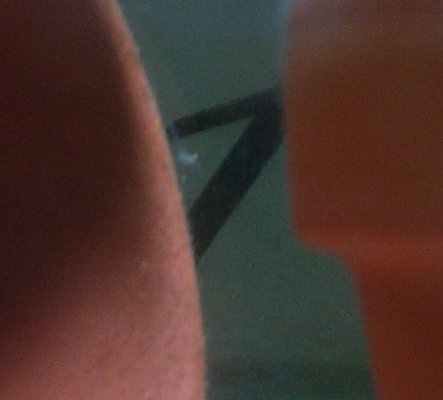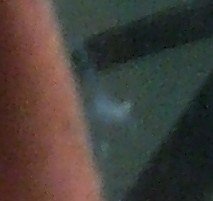I've never heard of that, but it makes complete sense to add seaweed to help the molting process because of the high iodine content of seaweed and iodine is needed for any shrimp/crabs/crayfish/lobsters to molt properly.
That premise is likely untrue; the addition of marine liquid iodine to freshwater crustacean aquariums is unnecessary, and any correlation is purely coincidental or unattributable to supplemental iodine intake alone. Unless you are utilizing distilled water or its equivalents neat (or otherwise have extremely mineral-poor water), trace element & calcium supplementation is unnecessary.
EDIT: The "idea" that iodine was required for crustaceans to molt apparently began amongst saltwater aquarists some few years ago, coming from the observation that crustaceans would molt shortly after addition of iodine began, or did so more regularly under such condition. The cast "skins" were noted to contain an elevated level of iodine, and were subsequently consumed (presumably to reabsorb lost elements). Combination of these two observations would naturally bring one to deduce that crustaceans require iodine to successfully molt or maintain vitality.
However, this premise does not hold true, as these observations would be consistent with iodine being biologically useless or possessing a degree of toxicity, the molting process secondarily allowing the removal of excess from their body (in addition to growth; consumption of shed chitin does not take place under all circumstances, and is more prevalent in conditions of reduced calcium intake). Current scientific literature makes no mention of iodine as being in any manner vital to the bodily functions/life processes of crustacean fauna.
The bulk of scientific thought notwithstanding, several sources promote the use of liquid iodine as a regular supplement for captive
FW crustaceans, and many hobbyists attest to an increased frequency of molting under such treatment (presumably incidental or for the reasons proposed above). Regardless, it is unlikely that aqueous iodine is even bio-available to crustacean life.
I have never utilized element supplementation of any form with my
FW shrimp and, to date, have experienced no inexplicable (e.g., by cohabitant predation) casualties or health complications.


